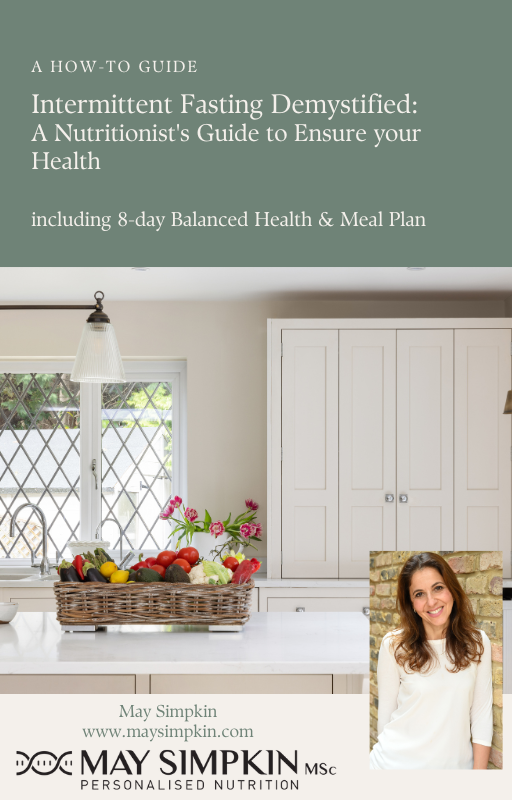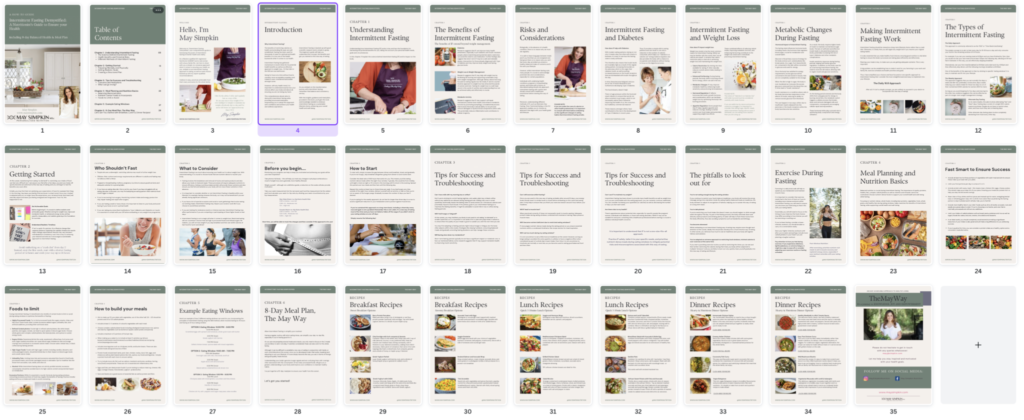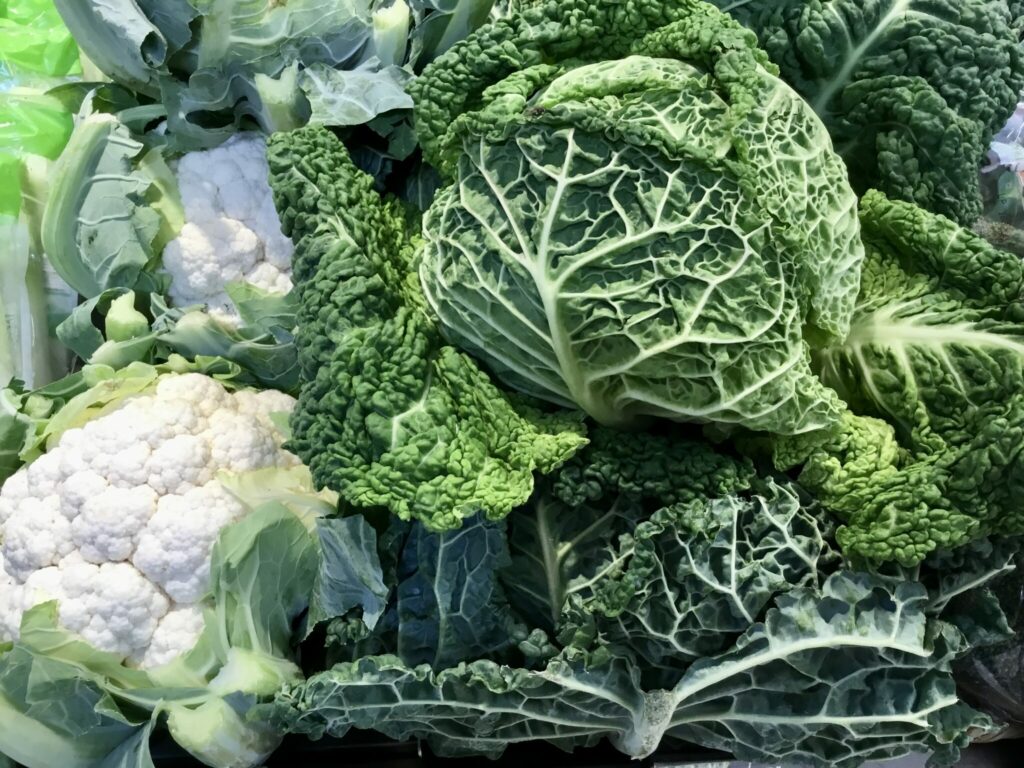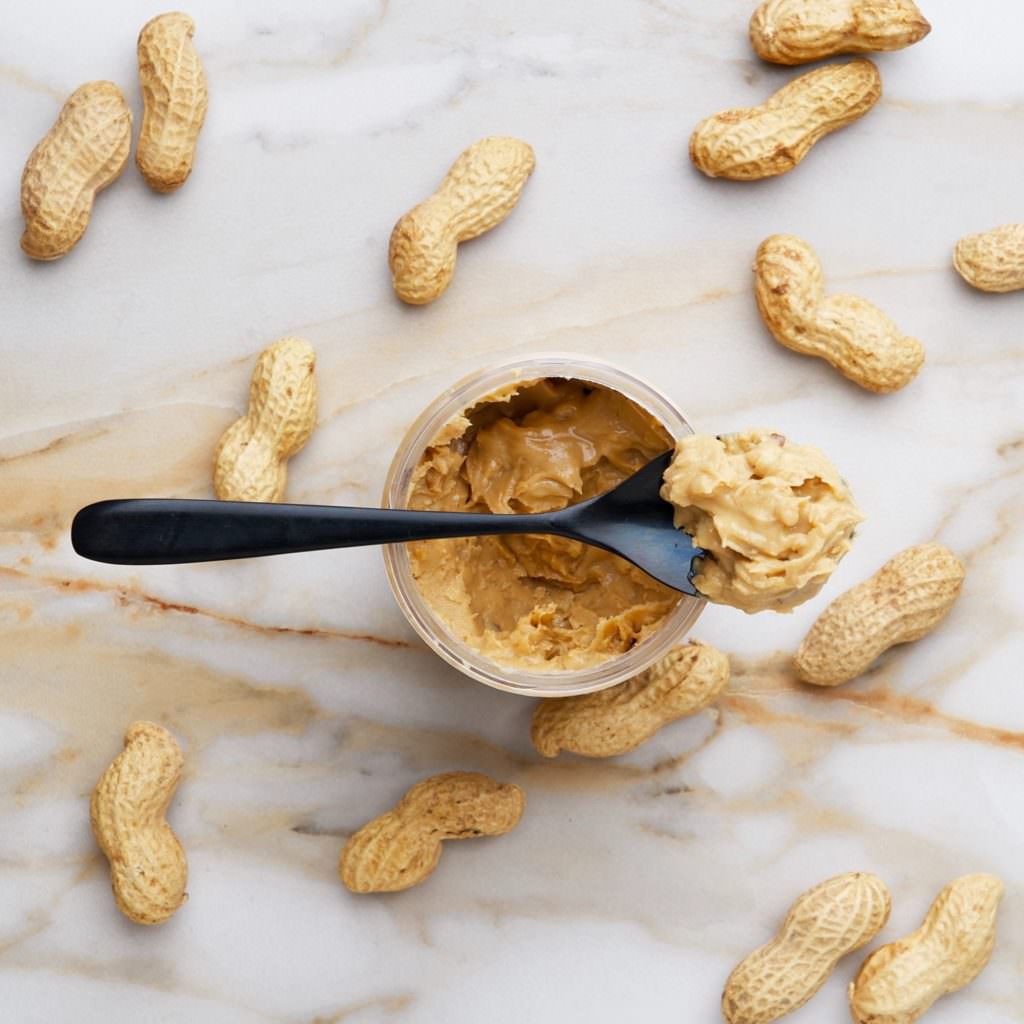
The past couple of years of the pandemic certainly tested our resilience and there most certainly were times that challenged many of us to keep our spirits and mood buoyant. This uncertain period was particularly difficult as we found ourselves navigating through difficulties and factors beyond our control, which is stressful.
Research has long shown a correlation between feeling stressed and eating foods we typically refer to as comfort food. And it’s easy to see why?
High carbohydrate and sweet foods like cake, biscuits, sweets, desserts and savoury crisps, pizza and fast food are easy to reach for and are appealing when you’re feeling low. They can be immediately satisfying but will play havoc with your blood sugar balance; the “high” you feel as sugar is immediately released into the blood is soon replaced with feeling tired and anxious as blood sugar levels crash soon after.
Eating unconsciously can certainly distract even if it’s just temporarily, from the issues that are causing your stress, but ultimately you’ll be left feeling dissatisfied and perhaps even upset, particularly as emotional eating will almost certainly lead to unwanted weight gain. Behavioural studies found that there was a greater response activity to high-calorie foods in obese women, making it harder to resist these foods and further perpetuating the vicious cycle.
I’m not suggesting there is no place to indulge in comforting goodies; there is! However, I want to help you avoid stress/comfort eating and further increasing your stress and anxiety.
Here are my top tips to help you ditch comfort food and stay calm
-
Minimise temptation
If you’re faced with comfort food goodies on display, it is harder to avoid them and this isn’t always down to your willpower. Research has shown that this loss of self-control or the inability to resist tempting/rewarding foods is driven by neural pathways that alter the decision making and impulse control systems.
It is far too easy to snack frequently if tempting foods are on display and within your vision. Keep them in a cupboard or better still, try to avoid buying them on a regular basis and only do so occasionally, as a treat so you’re not over-indulging.
-
Cook more meals
Without the opportunity to go out to restaurants and more time on your hands, it’s time to get into the kitchen and cook more meals from scratch. This is one of the most important factors in improving overall health.
Take the time to plan your meals, shop for the ingredients and then enjoy preparing and cooking. Knowing you have a delicious meal planned will help you avoid snacking as you look forward to the enjoyment of eating your own homecooked meal. Nourishing and nurturing yourself with good healthy food is the ultimate self-care and will go a long way to helping you feel happy and satisfied.
Many of you will be familiar with the Thermomix; the “Rolls Royce” of kitchen machines! The great thing about using the Thermomix is that for those who are confident cooks, the possibilities to take your cooking to another level are endless! The Thermomix recipe platform offers wonderful recipes from all over the world so there’s plenty of inspiration. For those who don’t tend to cook from scratch, then the good news is that all you need to do is follow the guided instructions on the screen on the Thermomix itself. A great way to involve all the family. If you’d like to find out more, CLICK HERE
-
Drink more fluids
You’d be surprised how much being dehydrated can affect your mood, focus and overall energy; this, in turn, will affect the food choices you make.
Set yourself a goal and aim to drink more. Avoid drinks that are sweetened, whether naturally or artificially. The high sugar levels will again wreak havoc with your blood sugar balance, leaving you feeling tired, sleepy and even anxious and jittery as your body adjusts to find balance. Whilst tea (preferably black) and coffee are often vilified, they are good choices if you are not sensitive to caffeine, to keep you hydrated, as well as plain water and herbal teas and don’t forget that soups, fruits and vegetables all provide fluids and will contribute to your hydration levels.
It is worth noting that if you’re feeling thirsty and your urine is a dark yellow colour, you are already dehydrated. Try to avoid this.
-
Move! Move! Move!
It is so easy to avoid exercise and activity when the weather is outside is not inviting. Don’t let that deter you; simply wrap up warm and head outside. The fresh air and even the cold on your face are invigorating and the physical activity will boost your mood and reduce stress. Be honest with yourself; have you ever actually regretted an exercise session once you’ve done it?!! I may not have loved doing it but I can honestly say, I’ve never regretted it! The opposite in fact; I’m always glad I overcame any objections and did it anyway.
Now, if you’re determined to stay indoors (I hear you!) luckily, we have the technology to make exercising at home even easier. Online workouts are commonplace now and they work really well. Simply put on some comfortable clothing, roll out your mat and you’re good to go!
Exercise activities are a key part of Thrive and each week, you will be invited to join an exercise session live. Alternatively, you’ll find Pilates and exercise session videos in THE NEW HEALTHY so you can do them whenever it suits. FIND OUT MORE
-
Eat nutritious, wholesome food
When you’re shopping, buy whole foods that are filling and nutrient dense, rather than processed, ready-made comfort food that will not satisfy and provide empty calories.
Eating the right foods will have a direct impact on your overall mood and you’ll find yourself less stressed and more energised. Aim to eat a rainbow, choosing plenty of brightly coloured vegetables and fruits as they are packed with good nutrients. You should aim to eat 7-a-day; 5 portions of vegetables or 2 fruits. This is easily achievable if you’re including them at each meal. If you prefer smoothies, choose a ratio of three vegetables to one fruit and include fibre and protein-rich ingredients, such as oats, chia seeds and Greek yoghurt.
If you’re stuck for ideas, you’ll welcome the carefully curated weekly meal inspiration email that arrives in your inbox each Friday! FIND OUT MORE
-
Avoid hunger
Eating healthy foods that are filling and satiating is crucial; if you’re full and satisfied, it’s just the boredom you’ll have to overcome if you’re tempted to snack on comfort food in between meals.
Consider the proportions of each food group on your plate that will help you stay full. The ideal plate for every meal and snack should consist of: ½ of the plate made up of vegetables, mainly dark green varieties and only one starchy vegetable such as carrots, peas or sweetcorn. The other half should be made up of ¼ lean protein like meat, fish, chicken, eggs, tofu or cheese and ¼ complex carbohydrates such as quinoa, brown rice or sweet potato. Eating this way provides good protein and plenty of fibre; both of which help to keep you full.
-
Watch your alcohol intake
Whilst you may find drinking wine at the end of the evening relaxing and a natural way to end your busy day, it is important to be aware that alcohol can increase your appetite and you’ll find yourself attracted to high carbohydrate or high fat foods; comfort foods.
Save your alcoholic drinks for certain times or occasions and instead, swap your usual drink for a warming herbal tea at the end of the day. Simple easy options include fresh ginger or fresh mint infused with hot water. Of course, there are plenty of choices in the supermarkets that are equally refreshing and warming.








2 Comments
Isabel
I love all the tips May, so useful. The cook more meals, keep it wholesome and do not go hungry I think are totally worth remembering. If you do those, it will be a lot easier to avoid temptations. In fact, I would add, do your food shopping when you are fully satisfied, not hungry and not stressed, perhaps after a workout or a good walk, when you naturally do not feel like "naughty" foods. That's me anyway x
May Simpkin
Great point! You're so right, I always feel so good after a workout or a good walk, it's a great mindset to go shopping on!